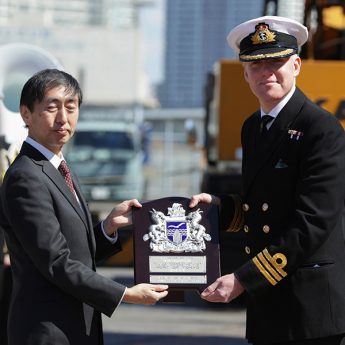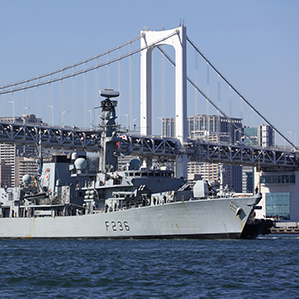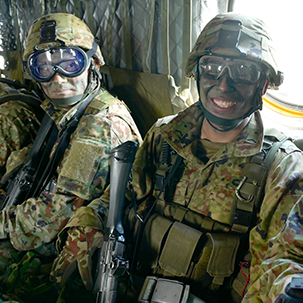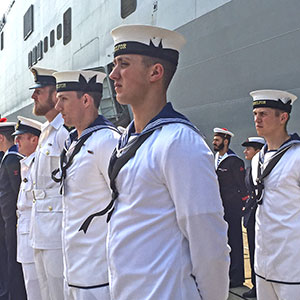This year marks the signing of two UK–Japan agreements on defence cooperation and information security, making Britain the first country in the world to sign a comprehensive deal since Tokyo eased its guidelines on the overseas transfer of defence equipment.
The agreements, signed in London by Foreign Secretary William Hague and Japanese Ambassador Keiichi Hayashi, are designed to create a legal framework for closer cooperation between the two long-standing allies.
A British Embassy Tokyo spokesperson said work is already well under way to develop closer ties between the two nations’ defence industries, support collaborative efforts and further contribute to existing security and defence cooperation.
“While all the discussions have been going on at the political level, work has been going on in the background”, the spokesperson told BCCJ ACUMEN.
Japan’s Technical Research and Development Institute, which comes under the Ministry of Defense, and its British counterpart, the Defence Science and Technology Laboratory at Porton Down, have started to collaborate on the development of clothing designed to provide protection against chemical, biological, radiological and nuclear threats.
“One attraction of this project is that Japan has some superb technology, especially in materials, and our operational experience—such as with live agents, which the Japanese are not permitted to handle—make joint development sensible and effective”, the spokesperson said.
And while protective clothing may lack the glamour of developing a new class of warship or aircraft, the Ministry of Defence in London believes the project is “a very important milestone” that will lead to further joint projects in the years ahead.
Initial projects will focus on the development of non-lethal equipment that can be broadly used in humanitarian crises, peace-keeping operations, disaster recovery efforts and search-and-rescue operations.
These might include the development of body armour—an area in which British firms lead the world—and the technology to detect and destroy land and sea mines.
Defence exchanges are also being stepped up. November saw a visit by HMS Daring, the first British ship to make a port call in Japan since HMS Kent in 2008.
Aviators from 829 Naval Air Squadron have visited Japan’s 111 Squadron in Iwakuni to share engineering and flight safety knowhow. Both squadrons fly AgustaWestland helicopters.
Also scheduled to visit Japan are fliers of 3 Squadron, based at Royal Air Force Leuchars in Scotland. They will hold discussions with Japanese fighter pilots stationed at the Air Self-Defense Force’s Chitose base.
Although the British pilots fly Typhoons and their Japanese counterparts F-15 Eagles, they have a great deal in common, as both units are tasked with “chasing off Russian intruders”, according to a military source.
“The relationship is complex, but it is clear that the Japanese military has deep respect for the British armed forces”, the embassy spokesperson said, adding that the Japanese are also keen to learn about the combat effectiveness built up by British forces through their deployment in conflict zones around the world.
That knowledge is something that Japanese forces have been unable to develop due to limitations imposed on the military here by the nation’s longstanding war-renouncing constitution.
As well as the benefits of the Defence Equipment Cooperation Framework, Hague has emphasised that the Information Security Agreement “sets out the standards and arrangements for the security protection of classified information exchanged between the UK and Japan”.
That also translates into increased business opportunities, with four British firms—Thales UK, BAE Systems, AgustaWestland and Rolls-Royce—in the forefront of the global defence industry already establishing solid ties with Japanese firms.





